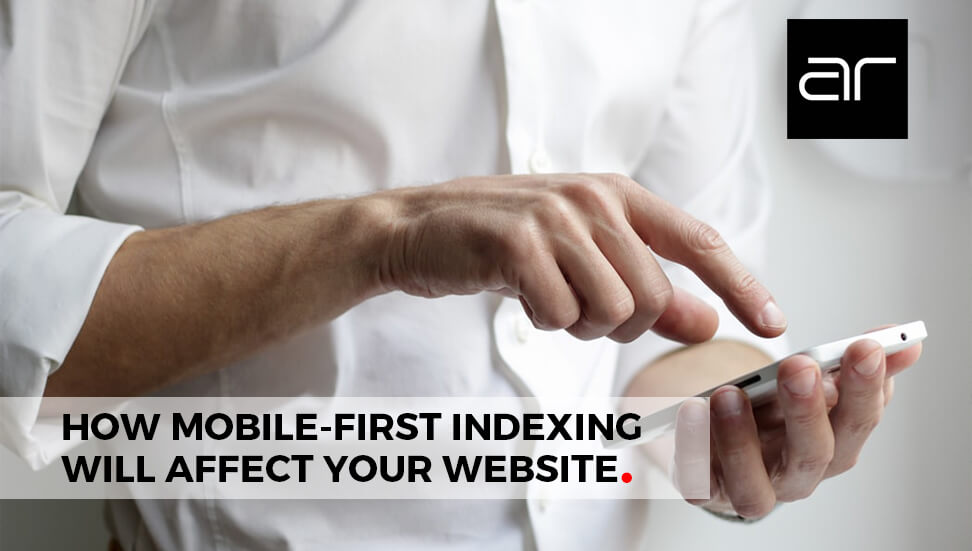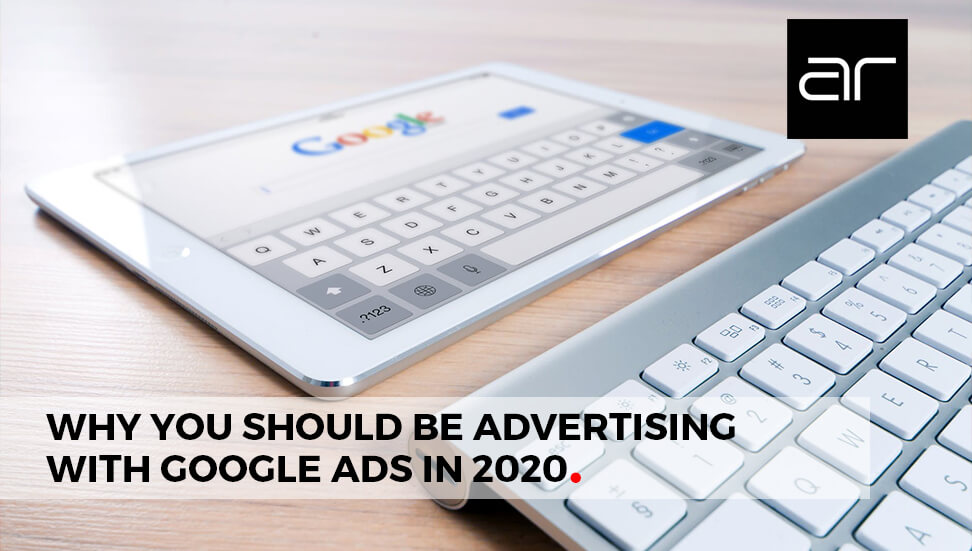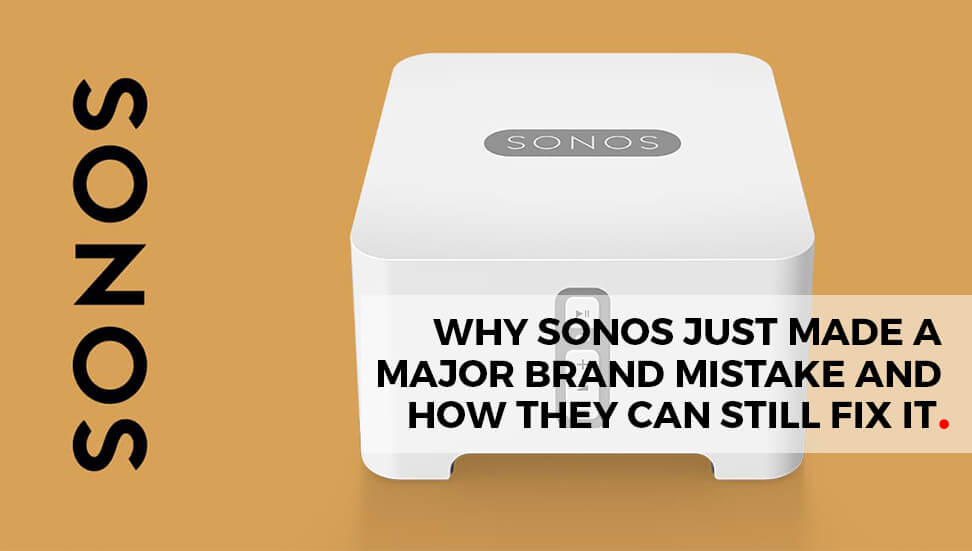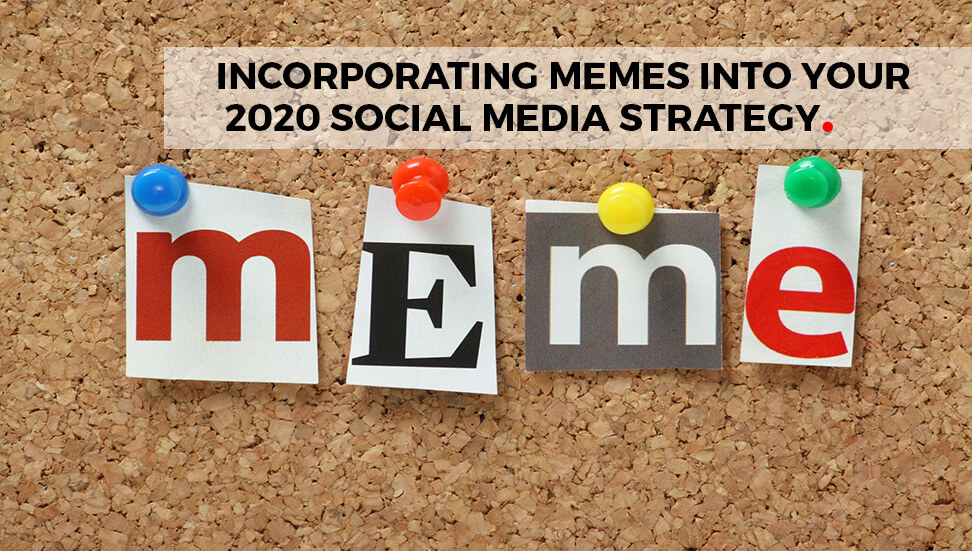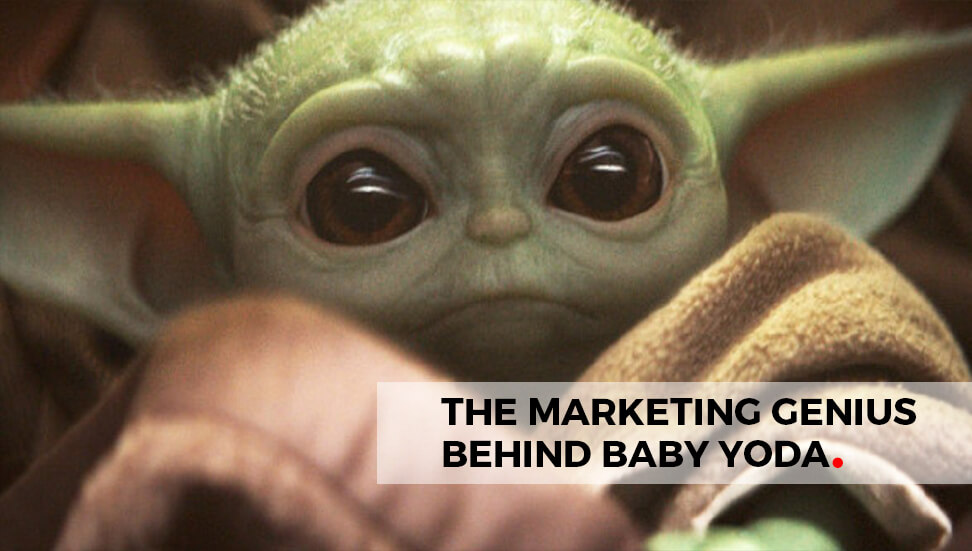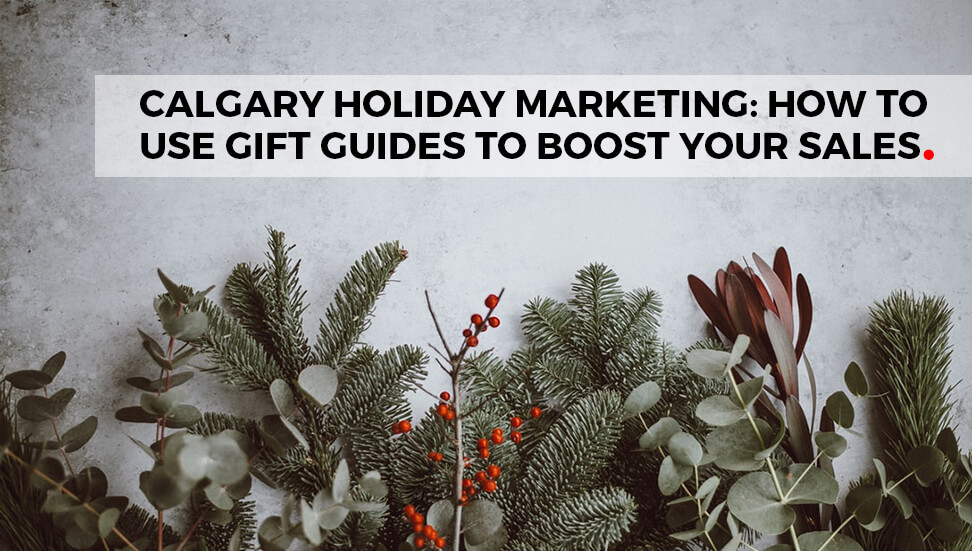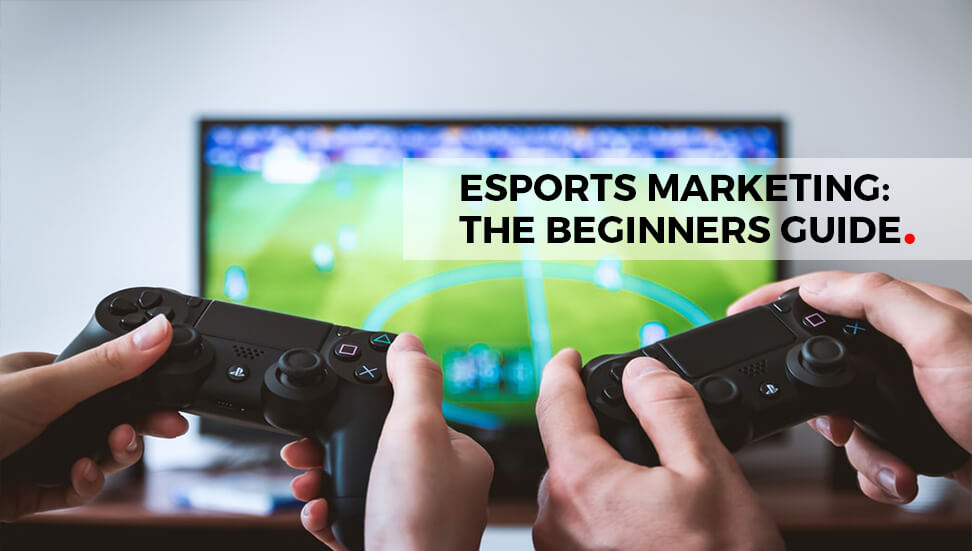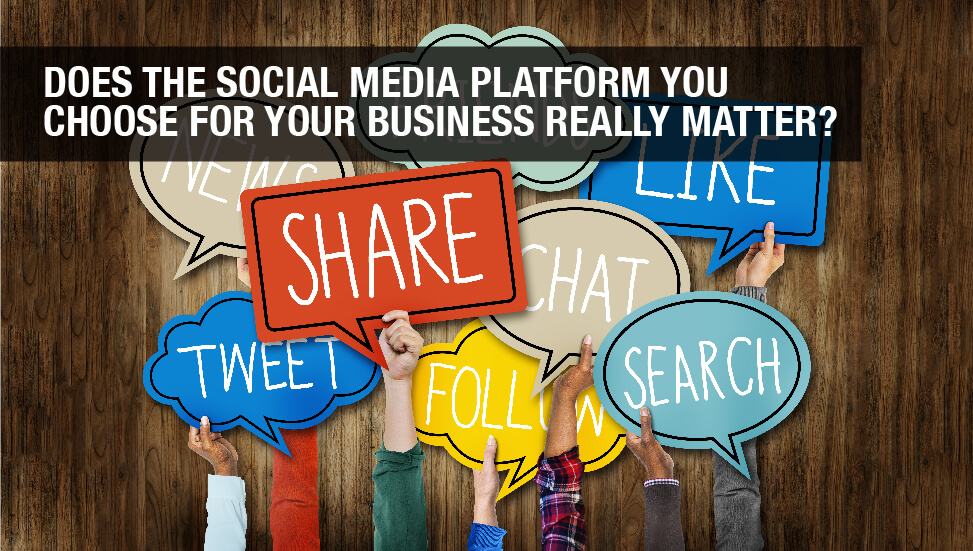Sometimes when you run a business it seems like your day is one never ending stream of important questions that need urgent answers and the necessity to make eight decisions before that one decision that in all the chaos is hard to distinguish which makes a difference and which does not. It’s difficult to resist the temptation not to push everything aside and spend your time solely dealing with the items that become so urgent you can’t ignore them. There are some questions that you can’t afford to let answer themselves, and anything to do with your marketing needs is one of them.
Not knowing what social media platform you need to use to market your brand effectively may cost you precious time both on a personal level as it will waste time that you could have spent more productively running your company, and wasted time for your company’s marketing campaign that puts you further behind your competition. The decision on which platform to use is not as simple as it may seem as business to business (B2B) marketing is much more complex than running a personal account or even a business or customer (B2C) social media , but it can make all the difference between an epic inbound marketing strategy – and an epic fail.
The benefits of social media marketing include brand awareness, building your overall profile with a specific demographic, engaging in a broader conversation with potential leads and driving traffic to your key content usually a web site. These are extremely important aspects of the sales strategy of any company, so making the right decision from the start is imperative to save time – and money.
Get Analytical
Wherever your company is in the social media cycle, you can leverage the information included on the platform you use to see how engaged and active your chosen demographic is. It’s far too easy to fall into the trap of thinking that you already ‘know’ where your audience is by the amount of chatter on the platform, but for every one consumer that posts, there are a thousand that lurk – silently. They may be abandoning carts, watching videos or downloading white papers without saying a word. It may surprise you to learn that the platform that brings you the most sales, may be the most silent platform you have.
Whatever your market, there is a platform that fits your business perfectly, you just have to take the time to look for it. It’s only by seeking out and analyzing the metrics can you really know which platform it is.
What do you look for in the perfect performing platform? Just like every company differs, there is ‘no one size fits all’ policy with choosing the right social media. Here are few hints at what could help you to find out which of the channels you need to concentrate on for success:
- Analyze the platforms and see which one is the most popular. Which platform has the biggest community, and how fast are they joining? What is your leakage rate? How influential are the members? All of this is information you can leverage.
- You can measure how much your media resonates with your audience by how much chatter, interaction (on and offline), likes, where and when they intersect with your brand, shares and even how long they stay (and stay active) is all important information that can help you make the decision on which social medias will work the best for you.
- Your analytics will show you where the origin of your lead came from. This may be from a search engine, web site, blog or from other social media. See which social media generates the most traffic and how often.
- Generating traffic is not the only useful metric to measure. You need to measure the value of the traffic. Does one social media send you leads that convert more easily or quickly? Is there a high bounce rate from a particular channel? Analyze and see what traffic is valuable to your goal.
- Which of your content is the most successful? Sometimes the content chooses the channel. If your demographic loves video then YouTube or Vimeo is a clear winner as that’s where the biggest audience will be. Heavily image based content may work best on Pinterest or Instagram, it’s all a matter of tracking what works.
- Your best source of information about your customer is… your customers. Enter into a conversation with them and see what their habits are. They may talk on one platform, but buy on another. Ask them! It may mean you have to run several platforms concurrently, but you need to be involved in the whole picture because that’s where your customers are.
- Niche networks. Niche networks are popping up all the time and you need to see how strong your niche network is and what it produces. Some niche channels have a known link, like retail and Pinterest, but you need to see how your brand performs on it. Every business is different and has a different way of running the network, so you need to analyze what works for you.
You may find there is no clear winner and that you may need run more than one platform, but at least you will have the knowledge to know what to tweak at the time you need to tweak it. Knowledge is power where social media is concerned.
Content Vs Platform
In the past couple of years the shift from outbound marketing campaigns has shifted to inbound campaigns, particularly focussed around leveraging content. The discussion in recent years has moved from the best to use of a social media channel, to how to distribute your quality content to match the platform. Much of this is the result of the rapidly changing landscape on social media platforms, for example – hashtags. Twitter pioneered the use of hashtags for user convenience, but they now pop up on every social media and are #terribly #popular #on #any #communication –and just as annoying.
All channels are embracing paid advertising with a vengeance which continually pushes the boundaries of application and the landscape changes again. This constant change is now the norm and it won’t change anytime soon. Get used to it, and know when to use it to our advantage.
Googles schedule of algorithms also ensures the goal posts keep moving in the social arena. With each incarnation of the Panda, Penguin or Hummingbird, the quality of content is refined. Content is now so much of a King on the internet that it’s in an ivory tower, protected by bots and fed by sacrificed marketers. Google bots can now read phrases, meta tags and code so the whole package has become a matter of quality content and making sure your quality content is on the right social media channel.
Mixed Media Marketing
Great content uses all the leverage it has in the media it is produced in. Every social media platform needs variety. You need to know what resonates with your audience, but you also need to try new things and see what keeps your users engaged. You need to showcase your content and promote it on the right network, but never be afraid to break the monotony and try something new.
There are three main types of content but all of them can be customized to fit your audience, which may mean that it will change the platform. Never lose sight of your analytics! They are the only thing that can guide you to thriving and successful social media online marketing.
- Written content, or copy, is the most well used media as it is the most versatile. You can achieve almost anything with it and it is easy to optimize for keyword searches and also mobile display. Even with its limitation of being language specific, it still holds the most power when it comes to conversion.
- All the metrics used by Google rely heavily on the written word so they transfer well over all platforms, but the way you want to use them may lean towards a Facebook, blog or Twitter post – and each of them have a different impact on your audience, and your conversion.
- More and more companies are waking up to the power of video as a B2B marketing vehicle. In this online information saturated market, video is cutting through the white noise and reaching out to audiences quickly and succinctly. It is the perfect vehicle for those who chose not to use long form written content, or want to include modern media such as how-to’s or instructions that are hard be clear in written form.
- The inclusion of images in content significantly increases the engagement and with their new incarnation of infographics, computer enhanced images and personalized graphics they are becoming more important in a B2B context. Pinterest , Instagram and Snap Chat are all image based social media and have their place with a particular audience.
Business to business marketing needs to be effective, persuasive and engaging so choosing the right social media platforms to leverage from the start is the foundation of a solid campaign. Nothing will take the place of taking the time to analyze where your audience is, what will reach them and what will resonate with them.
Like any marketing campaign you need enter into the arena with all the facts, taking advice from those that know, using all the leverage you have. It’s easy to think that as you have a personal social media presence you can run a successful B2B strategy, but that is far from the truth. It’s a bit like saying because I went to the ER department at the hospital with a broken arm – that makes me a doctor. Take the time to think and research your social media strategy then be prepared to work it like a pro!
Whatever drives the choices you make in your social media, harness the power of it and make it an integral part of your marketing campaigns. You can’t afford not to.


